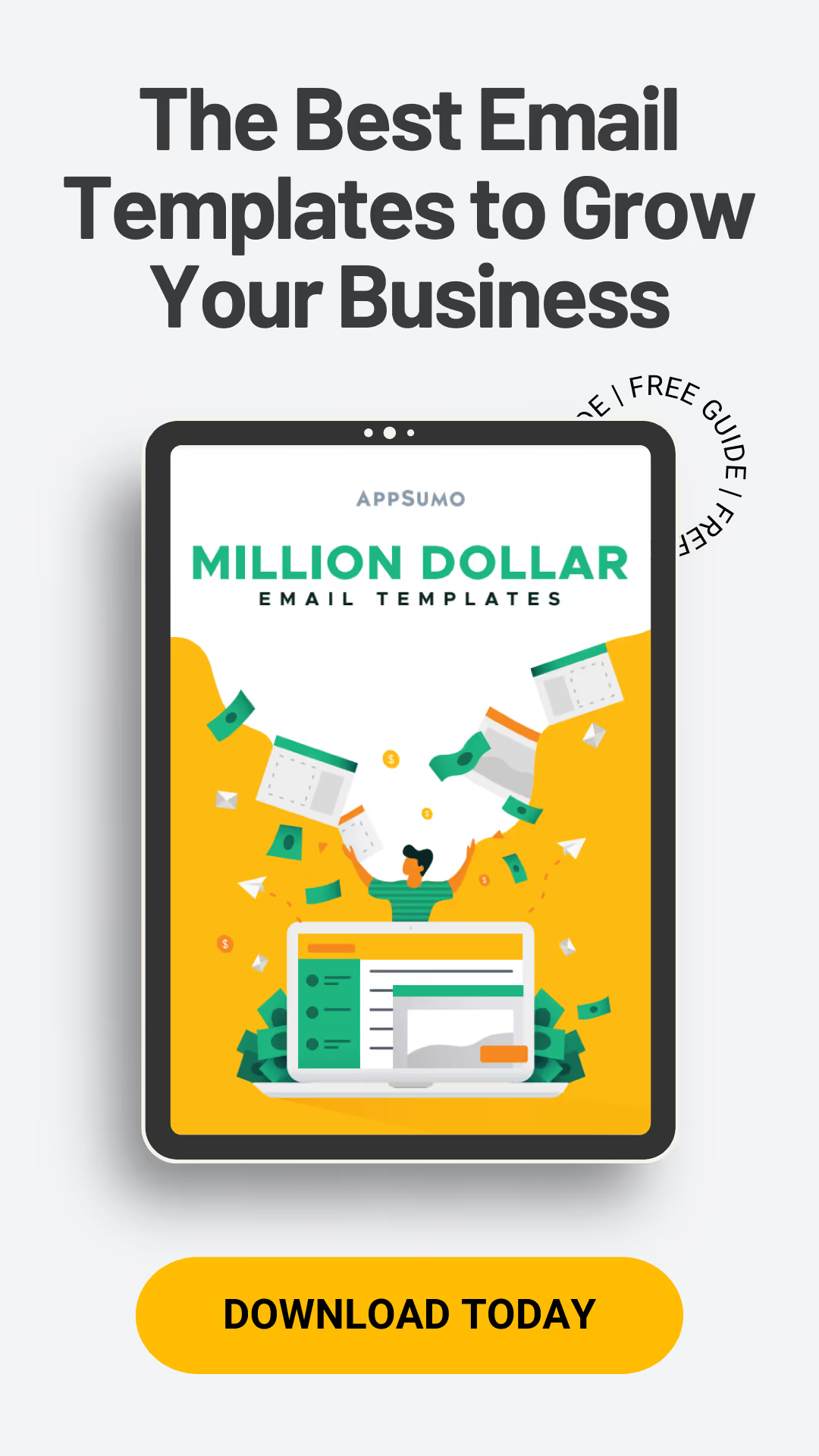Writing an effective business email may seem like a simple task. But with so many emails flooding everyone’s personal inbox, you’ve got to make sure your email stands out in a good way, especially if you need to get a timely reply.
The way you end your email will have the greatest impact on whether or not you actually get a reply. And ending your emails with “looking forward to hearing from you” is not doing you any favors.
We’ve put together a list of 10 alternatives you can use to make sure you get the reply you’re looking for.
What’s wrong with saying “looking forward to hearing from you”?
In short, nothing.
There’s a reason why people use this phrase so often in emails. It’s friendly and positive while inviting a response from the reader. But at this point, it’s so overused that the reader may easily just overlook it, requiring another follow-up email.
Not to mention, this phrase isn’t very specific or actionable. If you want someone to reply to your email, you need to give them some direction on how and when you want them to reply. When looking at the phrase in this light, it’s no surprise that it doesn’t often get replies.
So what do you say instead? Here are 10 alternatives to “looking forward to hearing from you” and when you should use each.
1. I can’t wait to hear what you think.
Essentially, this is saying the exact same thing as “looking forward to hearing from you.” But it has more genuine excitement behind it, so readers may be more receptive to it and more likely to actually reply. It also clarifies what it is you want to hear from the reader.
Use this phrase when you want to get feedback on an idea or project. If you need the feedback in a certain time frame, then add, “Please let me know your thoughts by [DATE].”
2. Could you get me your feedback by [DAY]?
This alternative is a bit more direct, leaving nothing to the imagination. By asking it as a question instead of demanding feedback by a certain date, you’re being polite and giving them the option.
Use this when you need feedback on something by a specific date. Add a “thank you” afterward to show that you appreciate their response.
3. I’d love to hear your feedback at your earliest convenience.
This alternative is effective because it’s friendly and polite while also being a bit more direct and specific. While “earliest convenience” may not be a specific date, it suggests that you want the feedback quickly, so it can add a bit of urgency to the request.
You can use this phrase when you want feedback soon, but it’s not an emergency. If it is an emergency, use “as soon as possible” instead of “at your earliest convenience.”
4. What are your thoughts?
It’s in our nature as humans to want to answer questions. For that reason, asking directly what the person’s thoughts are can be an effective way to get the feedback you’re looking for.
Use this phrase when you want the person to provide their feedback in the next response. If you’re communicating with someone who appreciates directness, this question may just be the way to ensure they respond.
5. Let me know if all of this sounds good to you.
This phrasing is more direct than “looking forward to hearing from you.” By using the words “let me know,” you’re making it clear that you expect a reply.
You can use this when you want the greenlight from someone but don’t necessarily need to get feedback. If you require some kind of approval, you might want to add a date that you’d like to get that approval by.
6. If you’re not the best person to handle this request, can you connect me with the right person?
Sometimes people may not reply to an email because they aren’t the right person to respond to the request. This question helps you get ahead of that issue.
Use this alternative if you aren’t sure if the person you’re writing to is the right person to respond to your request. And if they are the right person, then the question will still prompt a response.
7. If you’re too busy to help with this, is there someone else I can reach out to?
Sometimes people don’t respond to emails simply because they are busy. But that doesn’t make your request any less important or timely. So why not address the issue directly and ask for a resolution?
Use this phrase if you know the person you are writing to is busy or if they have a habit of not replying to emails promptly (or at all). Once you find out who to reach out to, you can let them know that the person suggested you speak with them.
8. I’d love if you could respond by [DATE], so we can get this moving.
Adding a date to your request is an excellent way to create a sense of urgency. This phrase is clear, polite, and specific, so there is no question about when or why they need to reply.
Use this alternative if you need feedback by a specific date in order to maintain the project timeline. Including the “so we can get this moving” also provides a sense of urgency and makes it clear why it’s important for the person to respond by the provided date.
9. If I don’t hear back from you by [DATE], I’ll assume we’re ready to move forward.
This alternative is clear and professional. It gives the reader the option to reply with feedback but makes it clear that they do not have to if everything looks good.
You can use this option if you plan to move forward with a project or action if there is no feedback. By giving a clear date, you’re letting the person know when they need to respond if they want their feedback considered, which provides a sense of urgency.
10. Talk to you soon!
“Talk to you soon” is a friendly sign-off that shows enthusiasm for a later conversation. You can use this as a closing if you’re not looking for direct feedback but just want to close the email in a friendly way.
This is also a great option if you plan to meet or chat with this person soon in a meeting or call to resume your conversation about the topic. If you have a meeting or call already scheduled, you may want to include the day. (“Talk to you on Monday!)
Level up your email game
With 10 clear and specific alternatives, you never have to resort to “looking forward to hearing from you” ever again. Bookmark this page to reference later or share it with someone you know who really needs to stop using this phrase.
Looking for more ways to make your email experience smoother? Check out these AppSumo products on email tools.




